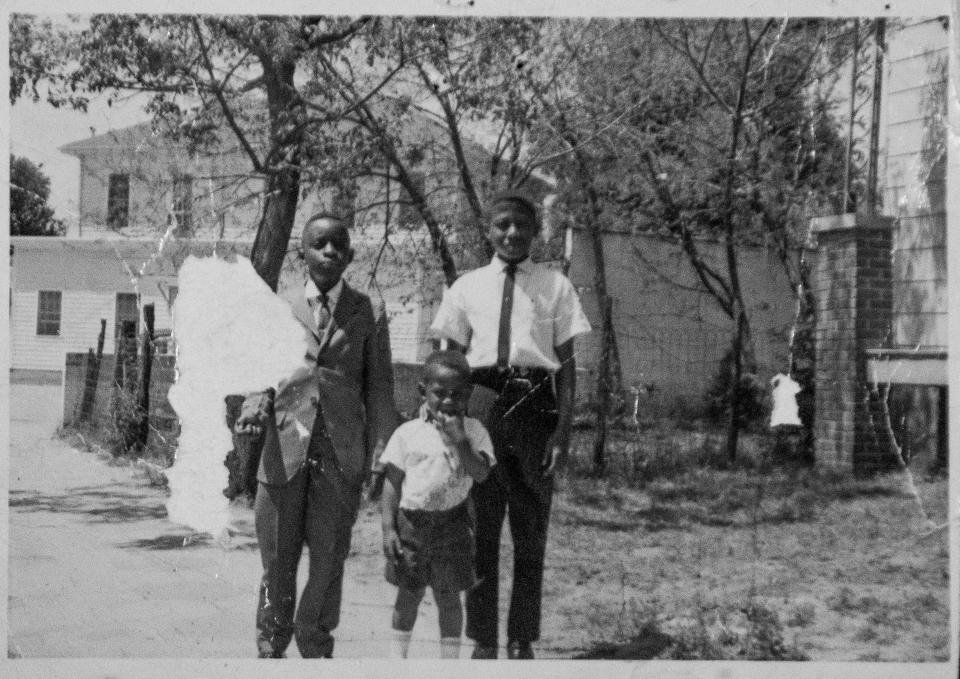The interstate destroyed his neighborhood. Now he's in charge of rebuilding.
Desmond Wilson was too young to remember sitting on his sister’s lap and watching Selma-to-Montgomery voting rights marchers pass his family’s west Montgomery home. But he remembers what happened next.
Hearing how neighbors cried when they were told their homes would be demolished. Dodging bulldozers each day to cross the under-construction interstate when he walked to school. A decade later, his structured and self-sustaining Black community of tight-knit neighbors was gone, along with about 250 Black-owned businesses.

More:What we know about the city's growth plans for west Montgomery
If he stood at the end of I-85 today, he could look down on what used to be his family’s home. But there’s no off-ramp to take into that neighborhood, or to many of the other historic churches and sites nearby that played a pivotal role in the dawn of the modern civil rights movement. Now what most people see from the interstate is just an area of “devastation” that he said wouldn’t lure them off the interstate, anyway.
“It suffocated that community,” Wilson said. “It took out every Black church and business.
“It’s depressing. There are a lot of good people that are still there.”
Concrete separation: The legacy of Montgomery's interstates and the neighborhoods they destroyed
Wilson, 61, is now the head of community development for the city of Montgomery. And his focus is on rebuilding.
He still has a map in his office that shows the interstate system was originally supposed to cut through a different area before it was redirected through the heart of the community where the movement was born. Sometimes planning students from Auburn University come through to research how it all played out, and he encourages them to study it as “a planning lesson in disaster.”

Turning all of that around won’t happen quickly. “This is my life’s work,” he says. But he’s optimistic about what’s ahead.
A checkpoint is two years away in the form of the 60th anniversary of the Selma-to-Montgomery March, and he already sees momentum building. Private and nonprofit investors are interested in the potential of the area, and partners have formed with plans for new housing and redevelopment. More than that, everyday people want to better understand the history there, he said.
“You can go up there and stand on that corner of Oak Street and Fred D. Gray (Avenue) and look at the out-of-town tags,” Wilson said.
The city recently landed a grant from the National Park Service to study the impact of the interstate system on the community where he grew up. Wilson has proposed a public art area under the interchange showing how the neighborhood once looked.
“One idea was, let’s call it the ‘planned destruction park,’” Wilson said. “Maybe we can come up with a kinder word for it. …
“I want you to feel the feeling when Blacks, and whites, and Jews, and American Indians walked that (march) trail. But I also want you to understand why that interstate system sits up there — because that’s not where it was supposed to be. It was put there for a purpose. I want people to get the entire history of the Selma-to-Montgomery March story.”
Brad Harper covers business and local government for the Montgomery Advertiser. Contact him at bharper1@gannett.com.
This article originally appeared on Montgomery Advertiser: Interstates destroyed his neighborhood. Now he leads city rebuilding.

